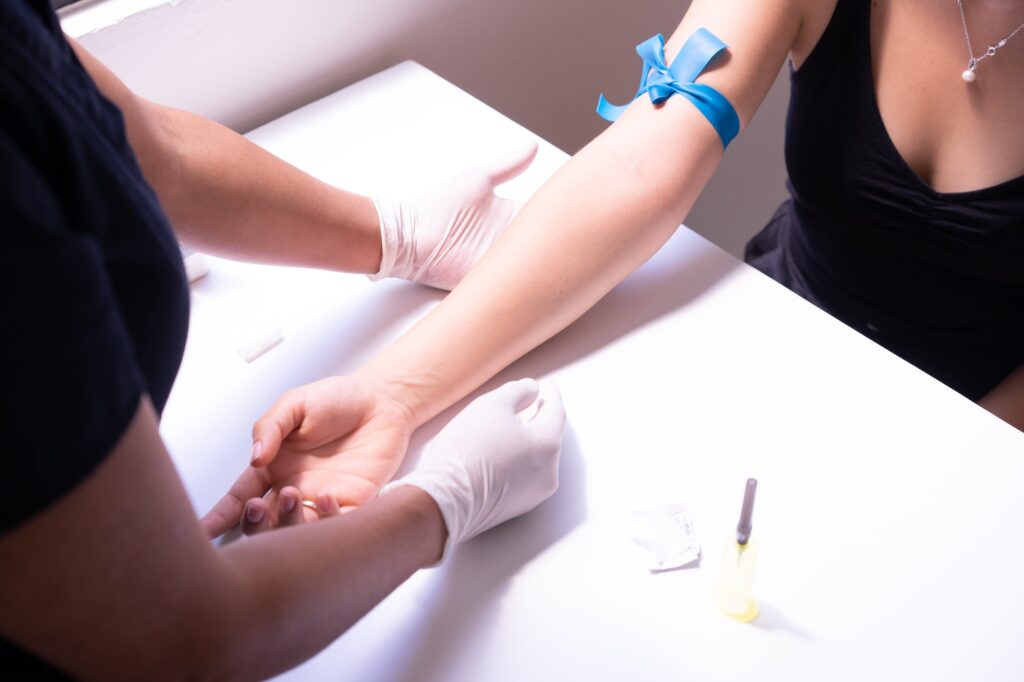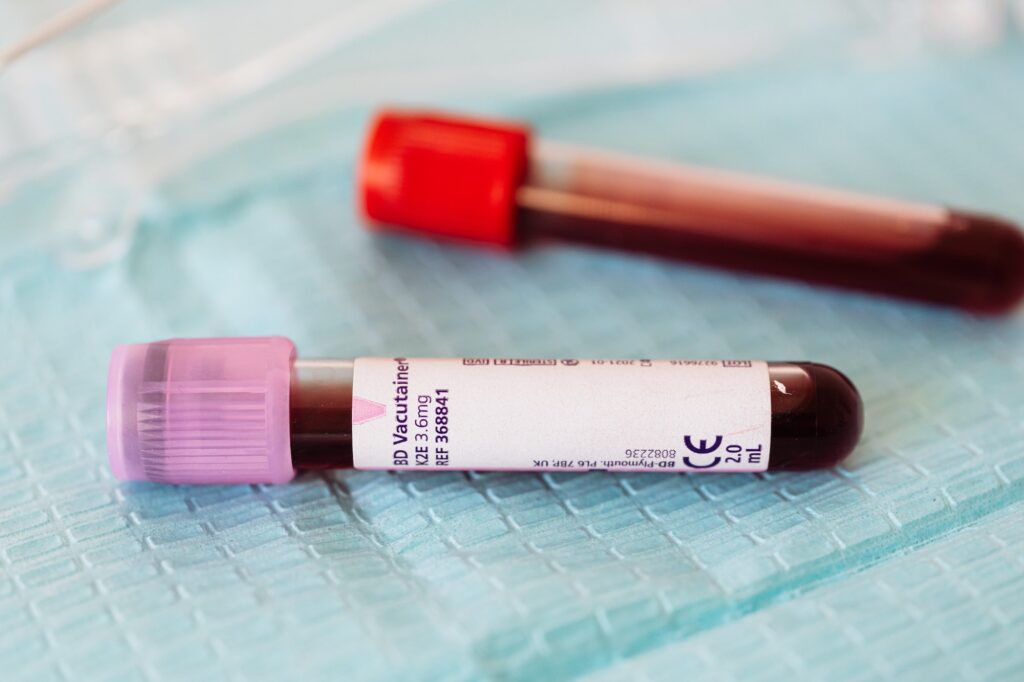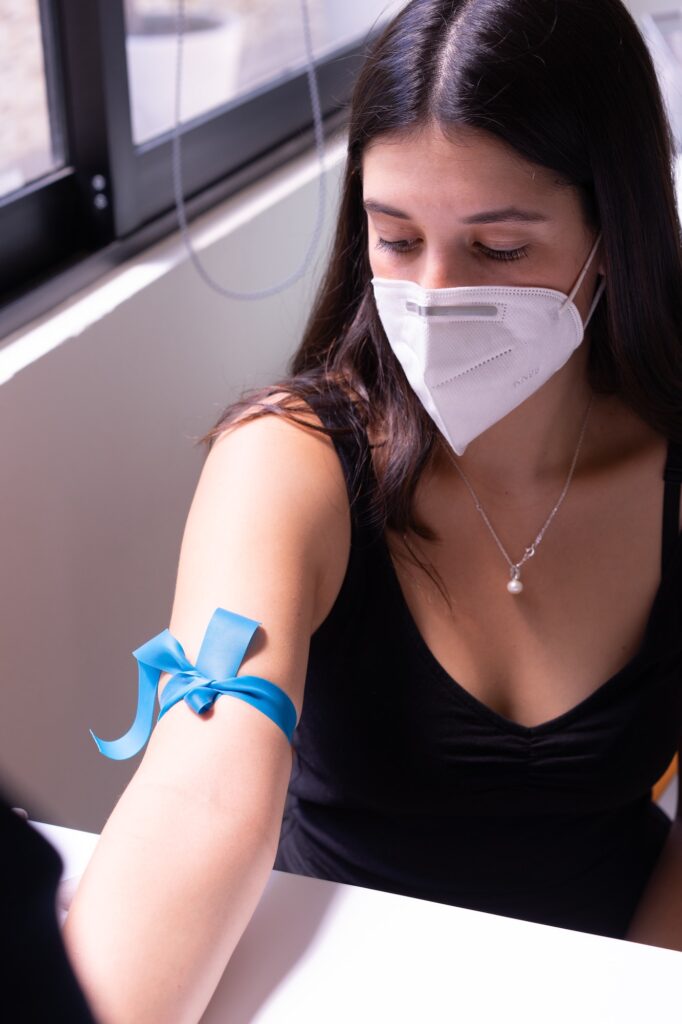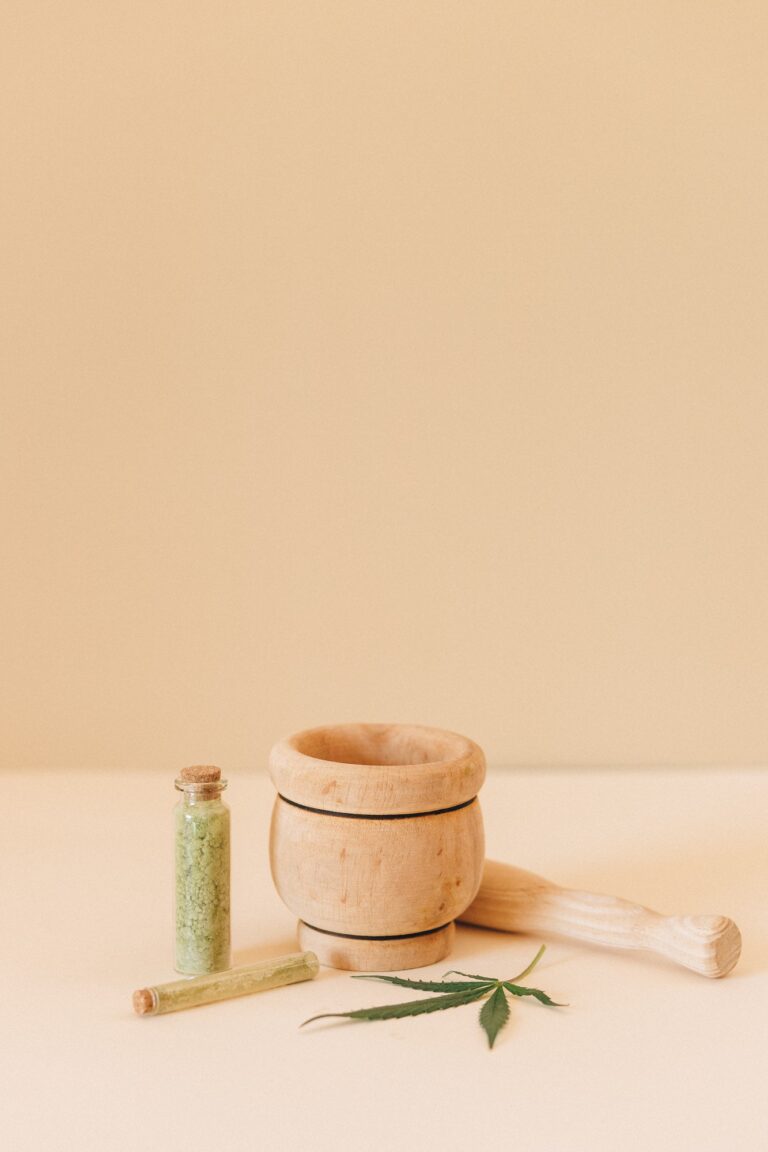Phlebotomy involves the drawing of blood. Many patients all across the country who are getting medical procedures done need to have their blood drawn every day. Phlebotomy technicians are there to do that for them safely.
You can find phlebotomy schools where you can take courses in this medical profession if you like. You can often find work once you take the requisite classes and have the practical skills on your resume.
If you become a phlebotomy technician, though, you must always use the proper techniques to prevent the possibility of infection. We will talk about some of the safety principles that are involved right now.
5 Essential Safety Principles for Phlebotomy Technicians to Prevent Infection
Use a New Needle Every Time
First, you should understand that you must use a new needle every time you take someone’s blood. You never know if a patient may have a bloodborne pathogen that they might transmit if they share needles with someone else. To keep this from happening, you can open a new kit for drawing blood every time a new patient comes in.
Wear the Right Protective Equipment
You must protect yourself while you’re taking a patient’s blood, just as you protect the patient. You can do this by wearing the correct protective equipment.
That usually involves a facial covering and gloves, shop latex power free gloves to make sure you’re always prepared. You might need some additional protective equipment depending on the rules and regulations governing the facility at which you work.
Use Proper Hand Hygiene
Using proper hygiene is critical in the medical field, regardless of what role you play. That is certainly true if you’re going to be drawing someone’s blood and handling samples.
You should always scrub your hands thoroughly with soap and hot water before you start your shift. If you take a break during your shift to have a snack or something along those lines, you should wash your hands again before you resume drawing blood from patients.
Dispose of Your Used Needles Safely
The needles that you use when you draw someone’s blood become medical waste immediately after you finish using them. It’s crucial that you adhere to proper Delaware medical waste disposal protocols to ensure safety and compliance. The facility in which you work should have clear rules for all its technicians to follow regarding the disposal of such hazardous materials. Typically, there will be designated boxes, bags, or other containers specifically for the disposal of used needles.
You should never be careless with a used needle. Make sure you dispose of needles safely right after use, and don’t leave them sitting on a counter or anywhere else someone might accidentally encounter them.
Use Proper Communication
You must be in close communication with the other staff members with whom you work. If there are any rule changes that you know about, you should communicate that to your coworkers, and they should do the same thing for you.
This is true for the highest-positioned individuals at the location at which you work and all the way down the line. Everyone who works in your medical facility should know about the latest regulations and rules that will govern their actions.
Conclusion
In conclusion, practicing essential safety principles is crucial for phlebotomy technicians to prevent infection and ensure the well-being of both themselves and their patients. This includes using a new needle for each patient to minimize the risk of cross-contamination.
Wearing the appropriate protective equipment, such as gloves and masks, provides an additional layer of protection. Maintaining proper hand hygiene by washing hands thoroughly and using hand sanitizers helps minimize the spread of pathogens.
Properly disposing of used needles in designated sharps containers prevents accidental needlestick injuries. Lastly, effective communication with patients and healthcare professionals ensures a safe and efficient phlebotomy process. By adhering to these safety principles, phlebotomy technicians can create a sterile and secure environment, promoting the overall health and well-being of everyone involved.





